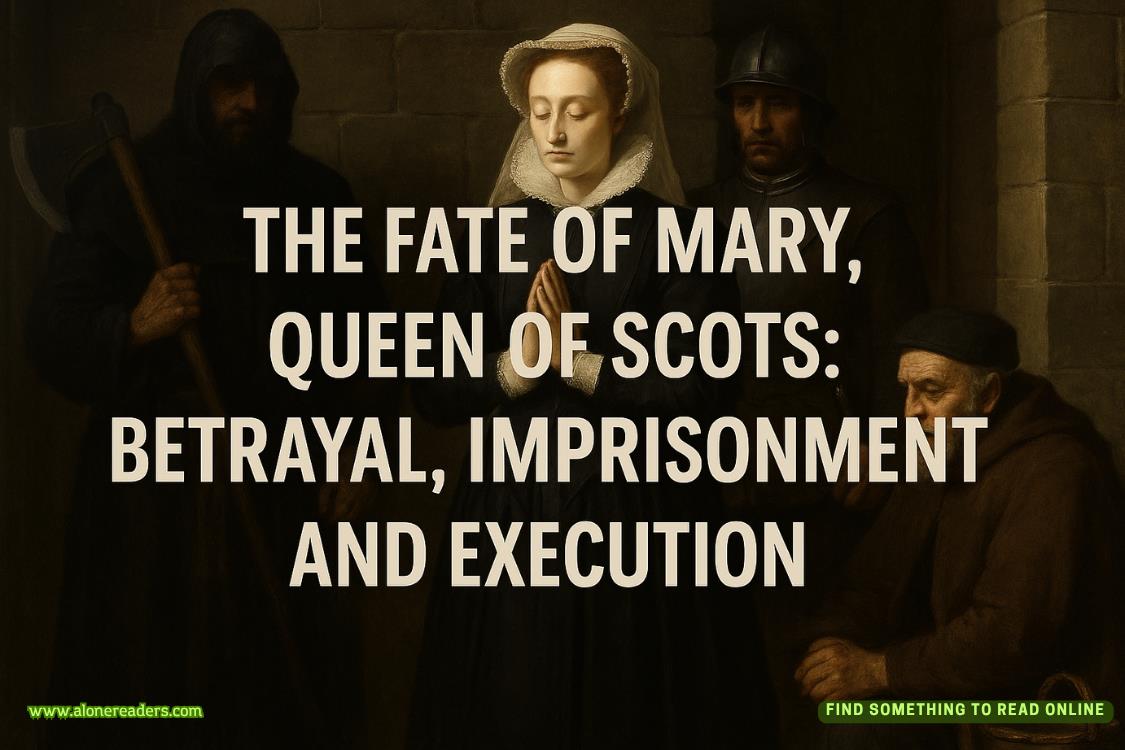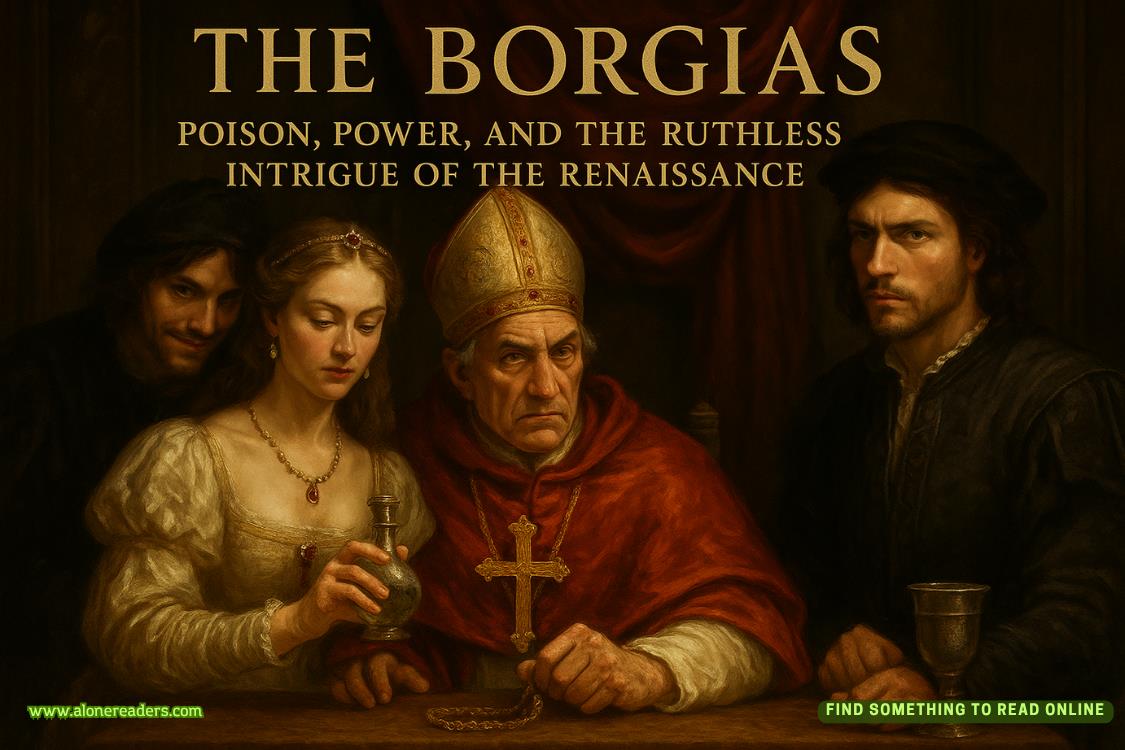Page 1 of The Watcher in the Shadows (Niebla 3)
1
THE SKY OVER PARIS
Paris, 1936
Those who remember the night Armand Sauvelle passed away would swear that a purple light flashed across the sky, leaving in its wake a trail of blazing ashes that faded away over the horizon; a light that his daughter Irene never saw but which would haunt her dreams for years to come.
It was a cold winter’s dawn and the windowpanes in Ward 14 of Saint George’s Hospital were covered in a film of ice.
Armand Sauvelle’s flame went out silently, without so much as a sigh. His wife Simone and his daughter Irene looked up as the first glimmer of day cast needles of light across the hospital ward. His youngest child, Dorian, was asleep on one of the chairs. A heart-rending stillness filled the room. No words were necessary to explain what had happened. After six months of suffering, an illness whose name he was never able to pronounce had snatched away Armand Sauvelle’s life.
It was the beginning of the worst year the Sauvelle family would ever experience.
Armand Sauvelle took his charm and his infectious laughter with him to the grave, but his numerous debts did not accompany him on his final journey. Soon a whole horde of creditors and vultures wearing elegant frock coats began to drop by the Sauvelles’ home in boulevard Haussmann. After the legal niceties of those first visits came the veiled threats. And these soon gave way to the seizure of the family’s assets.
Prestigious schools and beautifully tailored clothes were replaced by part-time jobs and simpler outfits for Irene and Dorian. This was the beginning of the Sauvelles’ spectacular fall into the real world. The one who came off the worst, however, was Simone. Returning to her job as a teacher did not provide enough income to stem the torrent of debt that consumed their limited resources. New documents signed by Armand seemed to crop up everywhere: a seemingly bottomless rabbit hole of unpaid loans and letters of credit.
By this point young Dorian had begun to suspect that half the population of Paris was made up of lawyers and accountants, a special breed of ravenous rodent that lived above ground. Also by then, and without telling her mother, Irene had taken a job in a dance hall. For just a few coins (which, in the early hours, she would slip into the box Simone kept hidden under the kitchen sink), she would dance with clumsy young soldiers with sweaty hands who were really no more than frightened children themselves.
At the same time, the Sauvelles discovered that the list of people who used to call themselves friends was evaporating like de
w in the morning sun. That summer, however, Henri Laffont, an old friend of Armand Sauvelle, offered the family a small apartment above the art shop he managed in Montparnasse. He waved aside the rent – to be repaid in better times. All he asked in exchange was Dorian’s assistance as an errand boy, because his knees were no longer what they had once been. Simone could never find enough words with which to thank old Monsieur Laffont for his kindness. But the shopkeeper didn’t expect any thanks. In a world of rats they’d happened on an angel.
As the first days of winter sent a chill through the streets, Irene turned fourteen years of age, although they felt more like twenty-four. For once, she spent the coins she earned in the dance hall on herself and bought a cake with which to celebrate her birthday with Simone and Dorian. Armand’s absence still weighed on them like an oppressive shadow. They blew out the candles together in the narrow sitting room of their apartment on the rue de Rennes, making a wish that the bad luck that had been hounding them for months would be extinguished along with the flames. For once, their wish was not ignored. Although they were still unaware of it, the year of darkness was coming to an end.
Some weeks later, a ray of hope unexpectedly burst into the lives of the Sauvelle family. Thanks to the influence of Monsieur Laffont and his network of acquaintances, Simone was offered a good job in Blue Bay, a small village on the coast far from the dreary greyness of Paris and from the sad memories of Armand Sauvelle’s last days. Apparently, a wealthy inventor and toy manufacturer named Lazarus Jann needed a housekeeper to take care of his palatial residence amid the forest of Cravenmoore.
The inventor lived in a huge mansion next to his old toy factory, which was now closed, with his wife Alexandra, who was seriously ill and had been bedridden for twenty years. The pay was generous and besides, Lazarus Jann was offering them the possibility of moving into Seaview, a modest house that stood on the edge of the cliffs on the other side of Cravenmoore forest.
In the middle of June 1937, Monsieur Laffont bid goodbye to the Sauvelle family on Platform 6 of the Gare du Nord. Simone and her two children boarded the train that was to take them to the Normandy coast. As Monsieur Laffont watched the carriages disappear into the distance, he smiled to himself for a moment – he had the feeling that the story of the Sauvelles, their real story, had only just begun.
2
GEOGRAPHY AND ANATOMY
Normandy, summer of 1937
On their first day at Seaview, Irene and her mother tried to instil some sort of order into what was to be their new home. Meanwhile, Dorian discovered a new passion: geography or, to be precise, map making. Equipped with the pencils and drawing book Henri Laffont had given him as a parting gift, Simone Sauvelle’s younger child retreated to a spot on the cliffs, a vantage point from which he could enjoy the spectacular view.
The village with its small fishing dock occupied the centre of the large bay. To the east, an endless expanse of white sand, known as the Englishman’s Beach, stretched along the water’s edge. Further on, the narrow point of the headland jutted out into the sea like a giant claw, separating Blue Bay from the wide gulf the locals called Black Bay, because of its dark, deep waters. The Sauvelles’ new home was perched on the very tip of the headland.
Half a mile out to sea, Dorian detected a small island with a lighthouse. The lighthouse tower stood dark and mysterious, its edges blurred by the shimmering haze. Turning his head back towards land, he could see his sister Irene and his mother standing on the porch of the house.
Seaview was a two-storey building of white timber perched on the clifftop. Behind it grew a thick forest and, just above the treetops, he could see the majestic residence of Lazarus Jann: Cravenmoore.
Cravenmoore looked more like a castle than a home, the product of an extravagant and twisted imagination. A cathedral-like construction of arches, flying buttresses, towers and domes adorned its angular roof. The building itself was shaped like a cross, with various wings sprouting from it. An army of gargoyles and stone angels guarded the façade like a flock of petrified spectres. As Dorian closed his drawing book and prepared to return to Seaview, he wondered what kind of person would choose to live in a place like that. He would soon find out: that night they had been invited to dine at Cravenmoore, courtesy of their new benefactor.
Irene’s new bedroom faced north-west. Gazing out of her window she could see the lighthouse and the patches of light cast by the sun over the ocean. After months of being imprisoned in the tiny Paris flat, the luxury of having a room to herself and being able to close the door and enjoy her own private space felt sinfully good.
As she watched the sea turn to copper in the setting sun, Irene faced the dilemma of what to wear for her first dinner with Lazarus Jann. She had only a few items left from what had once been a huge wardrobe, and the idea of being received at Cravenmoore mansion made all her dresses seem like embarrassing old rags. After trying on the only two outfits that might do, Irene noticed another problem she hadn’t counted on.
Ever since she had turned thirteen, her body had insisted on adding volume in some places and losing it in others. Now, close to her fifteenth birthday, Irene was more aware than ever of the influence of nature as she looked in the mirror. The severe cut of her drab clothes did not match her new curvaceous shape.
Shortly before nightfall, Simone Sauvelle rapped gently on Irene’s door.
‘Come in.’
Her mother closed the door behind her and quickly scanned the situation. All of Irene’s dresses were laid out on the bed. Wearing only a plain white vest, her daughter was kneeling by the window, staring out at the distant lights of the ships in the Channel. Simone observed Irene’s slender body and smiled to herself.
‘Time flies and we don’t even notice, do we?’
‘None of them fits me. I’m sorry,’ Irene replied. ‘I’ve tried.’
Simone went over to the window and knelt down next to her daughter. In the middle of the bay the lights of the village spread ripples of colour over the water. For a moment, they both gazed at the spectacle. Simone stroked her daughter’s face and smiled.
‘I think we’re going to like this place. What do you think?’ she asked.
‘But what about us? Is he going to like us?’
‘Mr Jann?’
Irene nodded.
‘We’re a charming family. He’ll love us,’ replied Simone.
‘Are you sure?’
‘I certainly hope so.’
Irene pointed to her clothes.
‘Wear something of mine.’ Simone smiled. ‘I think my dresses will look better on you than they do on me.’
Irene blushed. ‘Don’t exaggerate.’
‘Just you wait and see.’
Dorian’s expression was priceless when he saw his sister arrive at the foot of the stairs draped in one of Simone’s dresses. Irene fixed her green eyes on her brother and raised a threatening finger.
‘Not one word,’ she warned.
Dorian nodded mutely, unable to take his eyes off this stranger who spoke with the same voice as his sister Irene. Simone noticed this and tried not to smile. She placed a hand on the boy’s shoulder and knelt down to straighten the purple bow tie he had inherited from his father.
‘You’ll spend your life surrounded by women, son. You’d better start getting used to it.’
By the time the clock on the wall struck eight they were all ready for the great event, dressed in their smartest clothes. They were also terrified.















